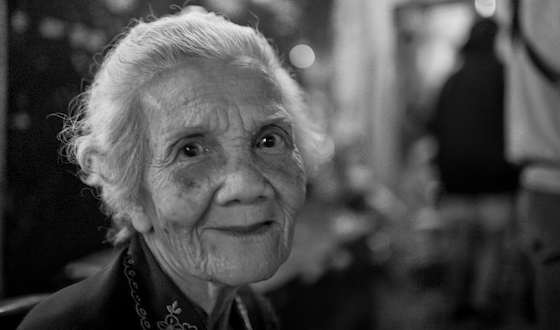- MENU
- HOME
- SEARCH
- WORLD
- MAIN
- AFRICA
- ASIA
- BALKANS
- EUROPE
- LATIN AMERICA
- MIDDLE EAST
- United Kingdom
- United States
- Argentina
- Australia
- Austria
- Benelux
- Brazil
- Canada
- China
- France
- Germany
- Greece
- Hungary
- India
- Indonesia
- Ireland
- Israel
- Italy
- Japan
- Korea
- Mexico
- New Zealand
- Pakistan
- Philippines
- Poland
- Russia
- South Africa
- Spain
- Taiwan
- Turkey
- USA
- BUSINESS
- WEALTH
- STOCKS
- TECH
- HEALTH
- LIFESTYLE
- ENTERTAINMENT
- SPORTS
- RSS
- iHaveNet.com: Health
by Emily Brandon
The 90-plus population is expected to more than quadruple between 2010 and 2050

Living to age 90 is a worthy goal Americans are increasingly meeting. The number of people age 90 and older almost tripled from 720,000 people in 1980 to 1.9 million in 2010, according to a new
More women.
Between 2006 and 2008, about three-quarters (74 percent) of the 90-and-older population were women. In 2006, life expectancy at age 65 was 19.7 years for women and 17 years for men. Women also experienced more rapid improvements in life expectancy than men between 1929 and 2006. Over the past eight decades, older women have added almost seven years to their life expectancy, or a 54 percent extension, compared with 5.3 years for men, a 45 percent extension. Among the age 90-and-older population, there are just 35 men for every 100 women. After age 95, there is approximately one man for every four women.
Married men and single women.
Most women who make it to age 90 (84 percent) are widows. Only 6.3 percent of women in this age group are married. On the other hand, 43 percent of 90-something men are married and about half are widowers. "Women tend to marry older men. Traditionally, there is a four- to five-year age difference," says Wan He, a
Living alone.
Just over a third (37 percent) of people in their 90s live alone. About the same number of people (37 percent) live in a household with family members or unrelated individuals. A quarter of older adults (26 percent) live in institutionalized quarters, such as skilled-nursing facilities. White senior citizens were almost twice as likely to live alone as Asians and Hispanics. And women (40 percent) are more likely than men (30 percent) to live alone, while men (53 percent) live with relatives more often than women (32 percent). Unsurprisingly, an older person's likelihood of living in a nursing home increases sharply with age, growing from 20 percent at ages 90 to 94 to 38 percent at 100 or older.
Physical limitations.
The vast majority (85 percent) of people age 90 and older report having one or more physical limitations, the
The most common limitations include difficulty handling errands alone, such as visiting a doctor's office or shopping (68 percent), difficulty getting around by walking or climbing stairs (66 percent), and difficulty dressing or bathing (46 percent). Some seniors also report cognitive difficulties (40 percent), and difficulty hearing (43 percent) and seeing (26 percent). There is "a lot of variation in healthy aging, with some facing the expected problems but others aging well," says Howard Friedman, a
Low incomes.
The annual median personal income for people age 90 and older between 2006 and 2008 was
Reliance on
Almost all people age 90 and up (92 percent) receive
Universal health coverage.
Practically everyone age 90 and older (99 percent) is covered by health insurance provided by
Redefining old age.
"Traditionally, the cutoff age for what is considered the 'oldest old' has been age 85," says He. But researchers are considering moving this definition back to age 90. "With a rapidly growing percentage of the older population projected to be 90 and above in 2050, this report provides data for the consideration of moving that yardstick up to 90," says Suzman. "Because of increasing numbers of older people and increases in life expectancy at older ages, the oldest segments of the older population are growing the fastest."
Article: Copyright ©, Tribune Media Services
"Life After Age 90"